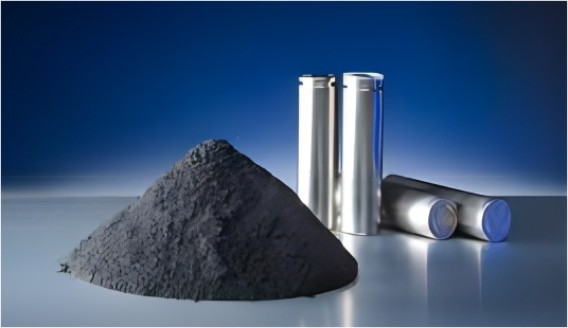
Oct , 17 2022
The theoretical specific capacity of Si is as high as 4200mAh/g, which is 10 times higher than the theoretical specific capacity of graphite; the lithium intercalation potential of Si is low, which is 0.37mV Li/Li+; and Si is the second most abundant element on the earth, which is not harmful to the environment. Destruction will occur, and the production process of nano-silicon is mature and low-c...
more
